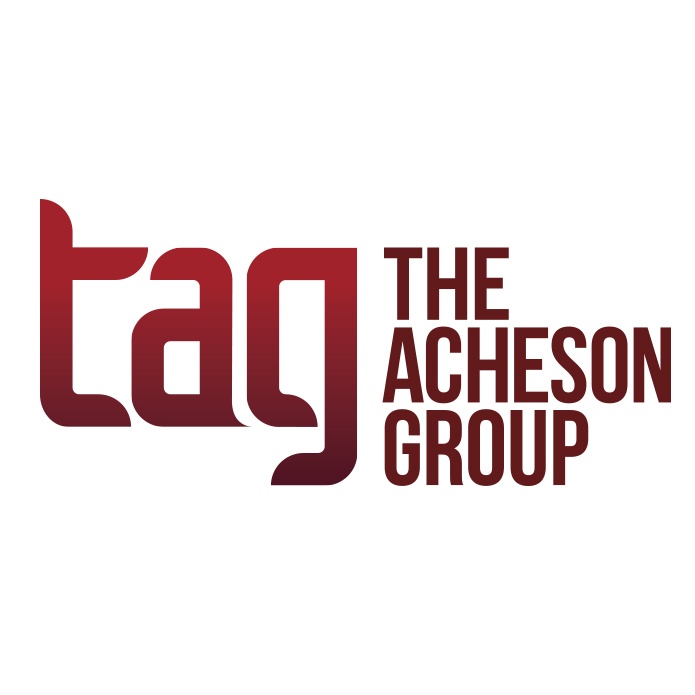In the June Beyond FSMA Friday session, sponsored by SafetyChain, The Acheson Group discussed the Environmental Monitoring Program as a Part of Your Environmental Control Strategy. It has been a hot topic and a key focus for regulators, with the trend moving away from testing of finished product to practices within the facility to reduce potential of contamination. So, while contamination continues to be a problem in the industry, it is critical that facilities understand what it is, why it is important, what they can do about it, and what regulators are looking for. Environmental Control Strategies (ECPs) are, most simply, practices that help reduce risk of contamination within a process/processing environment. Those practices would include, but are not limited to, sanitary design of the facility and equipment, hygienic zoning, adherence to GMPs, sanitation, preventive maintenance and corrective actions, supply chain and process controls, and ensuring all are aligned with the regulatory requirements and/or expectations. Some of these strategies may be considered preventive controls, while others are prerequisites, but all impact the environment in which the food is being processed – and collectively, they make up the environmental control strategy, even if don’t refer to them as such. These programs and strategies need to be aligned to reduce the risk of contamination. From this, it can be seen, as well, that your Environmental Monitoring Program does not stand alone. Rather it is there to answer the bigger questions within your plant, such as: Are the ECPs effectively reducing risk? This is more than just pathogens, it needs to include microbiological indicators, allergenic,chemical and physical risks, etc. What are the influencers? This could include seasonality of hazards; changes in events or suppliers; traffic and tours; new equipment, etc. which can influence potential risk What trends are we seeing in our facilities? Determine whether microbiological risk is increasing, decreasing or staying the same; any hot spots, etc. Are corrective actions effective? What are you doing, is it working, and are you documenting everything? What else should the company do? Thus, EMP should be built to help address these questions. There is technology to help – and regulators are expecting you to use it as applicable to your facility and its operations. More and more, as we collect data, regulators want to see how well you are analyzing the data and leveraging it to reduce your risk. You can use whatever is best for you – such as the environmental mapping (shown above) which depicts the relation of areas, traffic, etc., in order to paint picture of the potential flow of a contaminant, and enable the development of a strategy for prevention. The second graph (right) shows an analysis of the data, e.g., results of cleaning and sanitation, how often it needs to be conducted to keep it effective, what improvements need to be made, etc. Such data tracking can enable the facility to align results with events (e.g., seasonal variations, new equipment, change in sanitation program/employees, new suppliers/supplies, maintenance activities, additional testing during deconstruction, etc.). While we’ve posed all this as what you should be doing in your facility, you can expect that it is just what the regulators will be doing and looking for as well. To determine if your environmental control strategy is effectively monitoring and controlling your environment, they will look at all the strategies we discussed above, and how they answer the questions we posed. They are looking at it from the very same lens, and they will swab all zones, using WGS to match anything in their database. So industry should take a similar approach. Understand where the contamination points are and how related they are; then take action – and document it. Tie your EMP as much as you can into all your programs. About The Acheson Group (TAG) Led by Former FDA Associate Commissioner for Foods Dr. David Acheson, TAG is a food safety consulting group that provides guidance and expertise worldwide for companies throughout the food supply chain. With in-depth industry knowledge combined with real-world experience, TAG’s team of food safety experts help companies more effectively mitigate risk, improve operational efficiencies, and ensure regulatory and standards compliance. www.AchesonGroup.com






